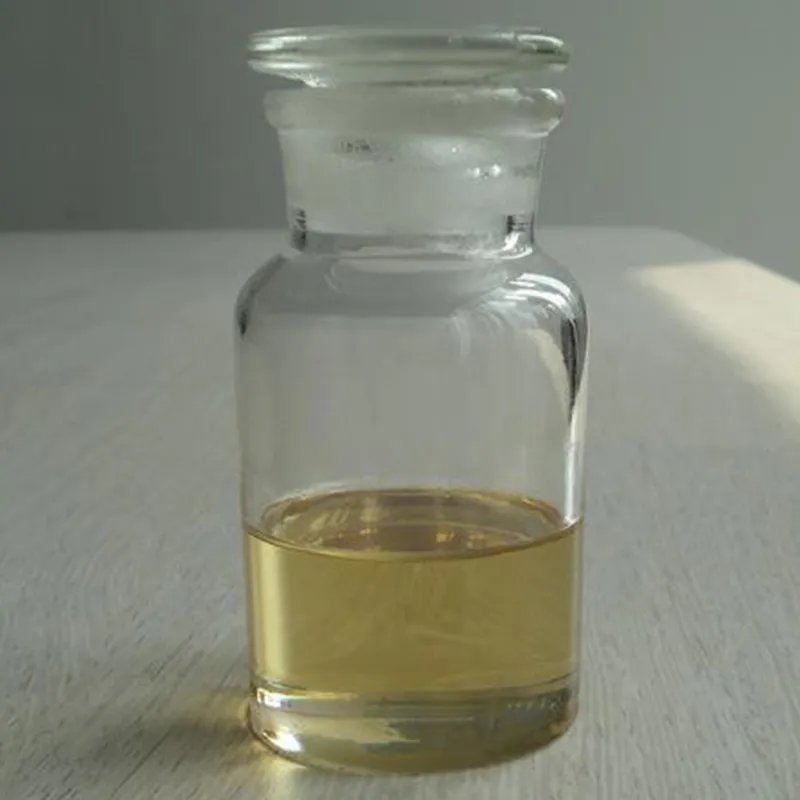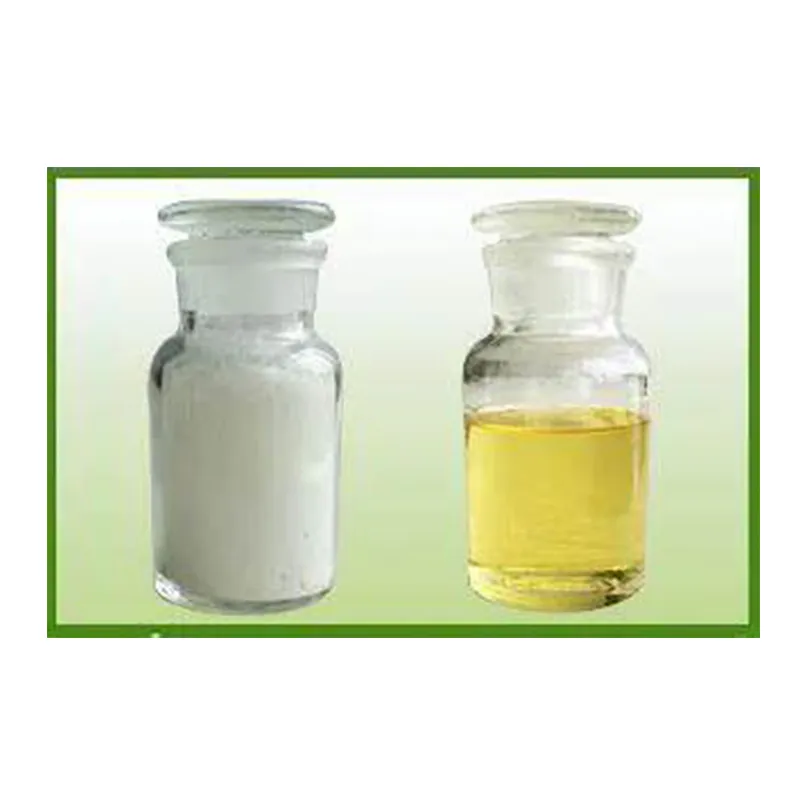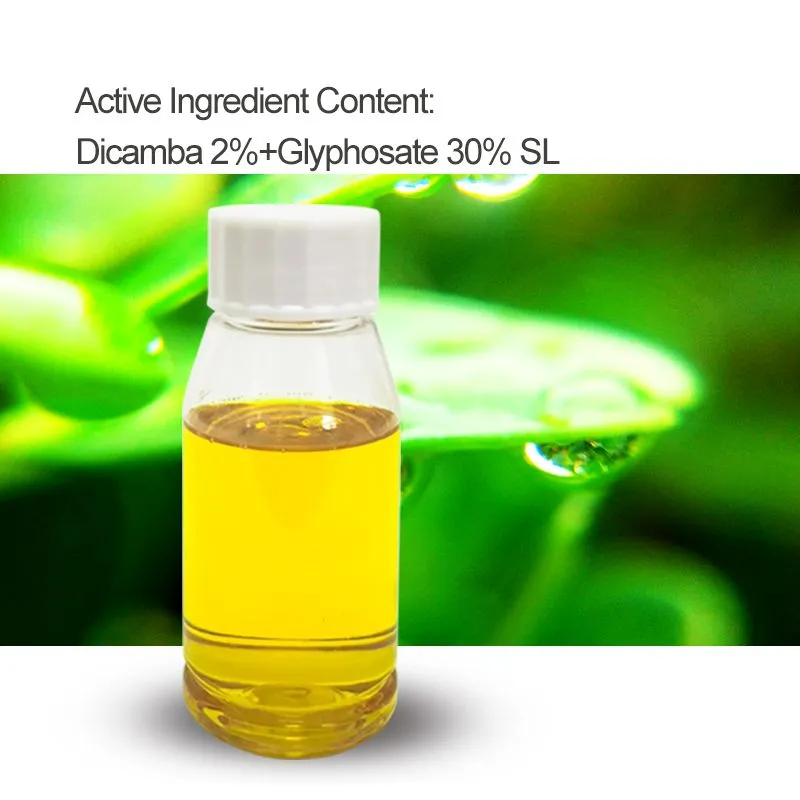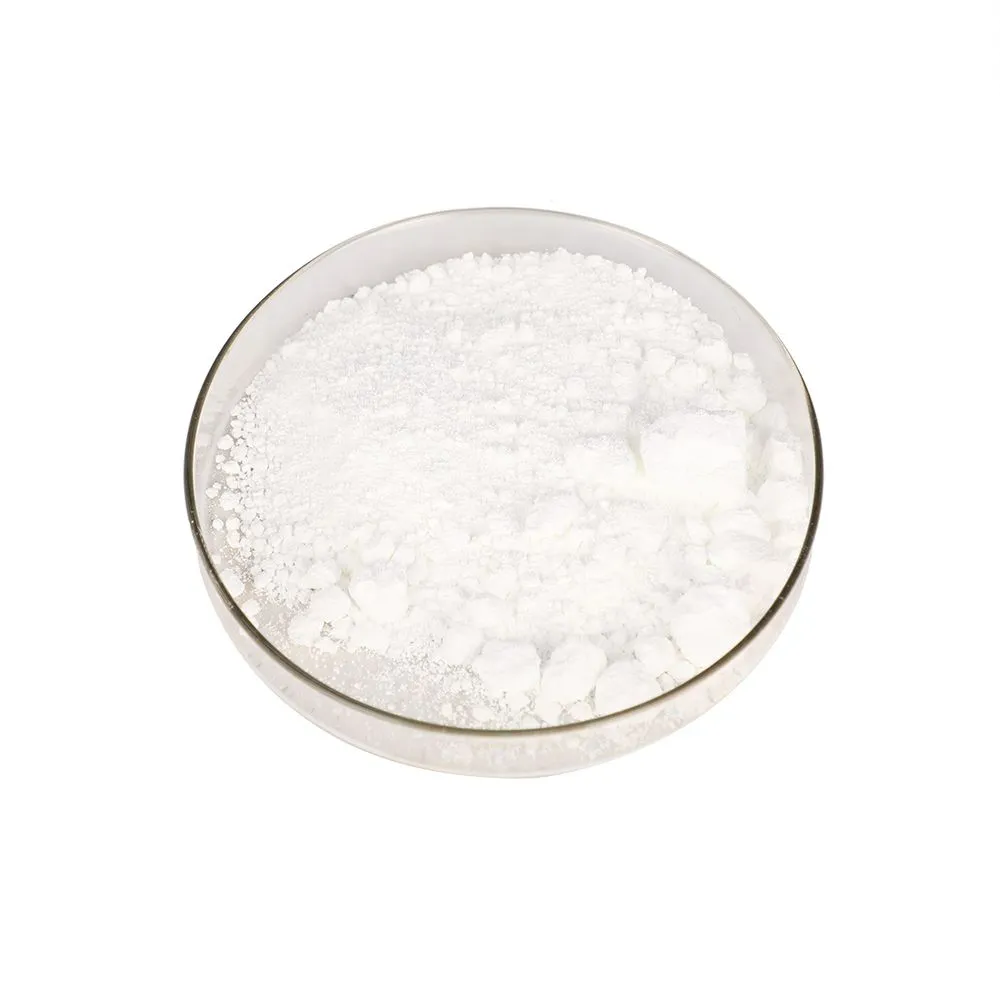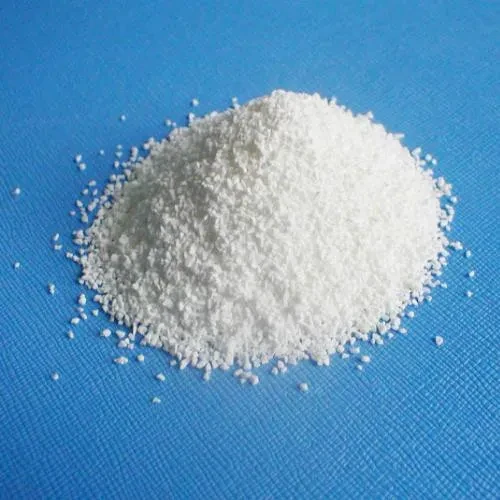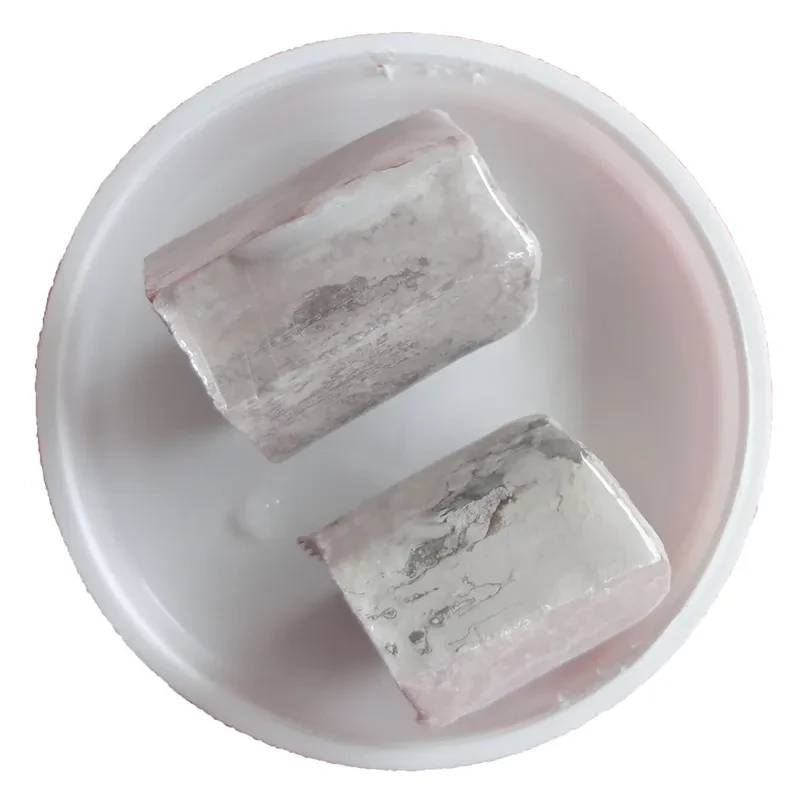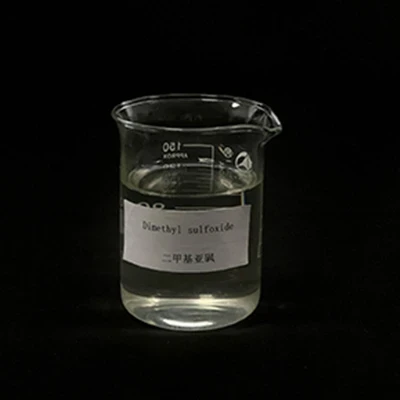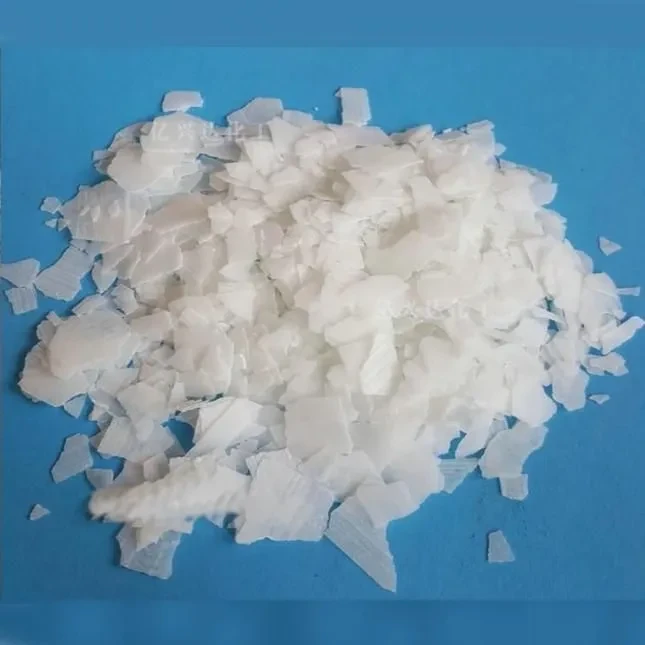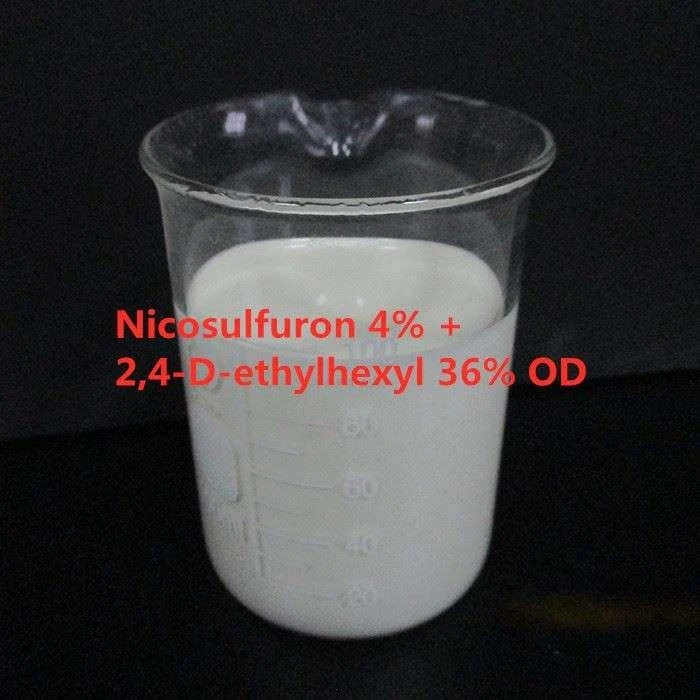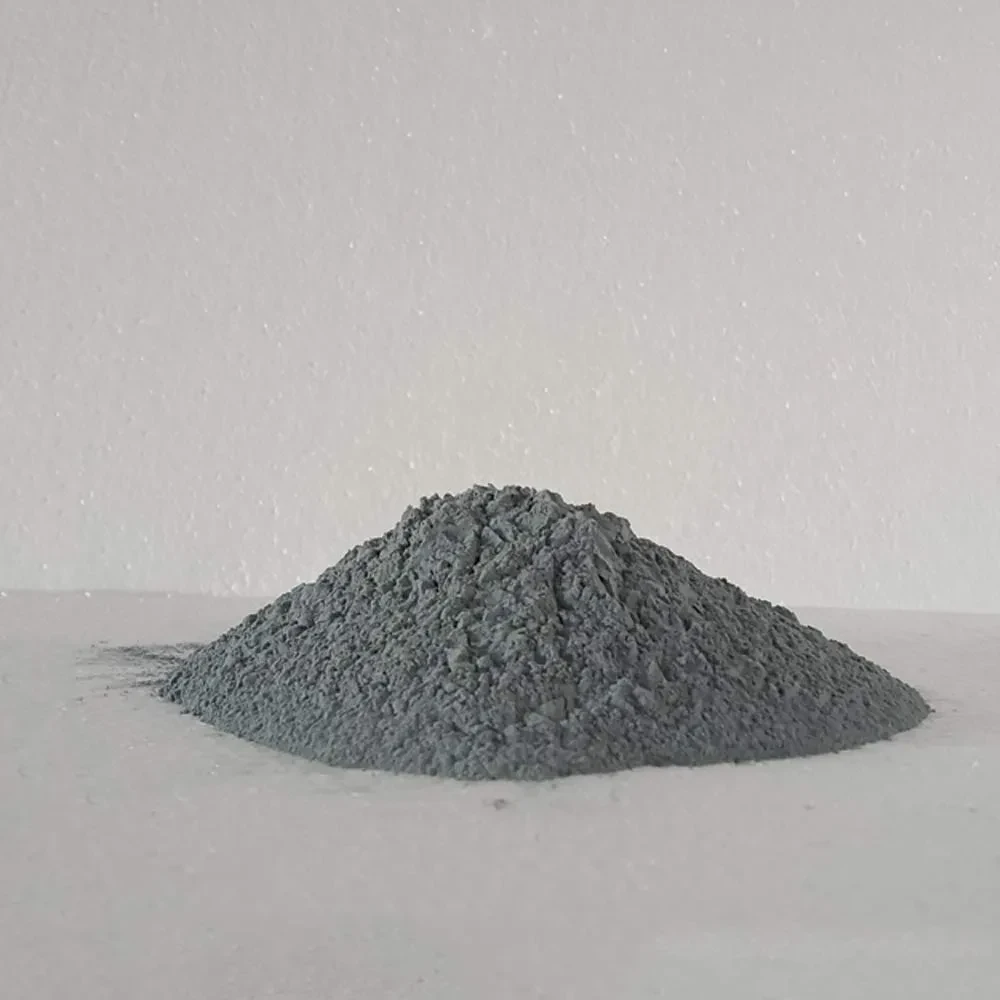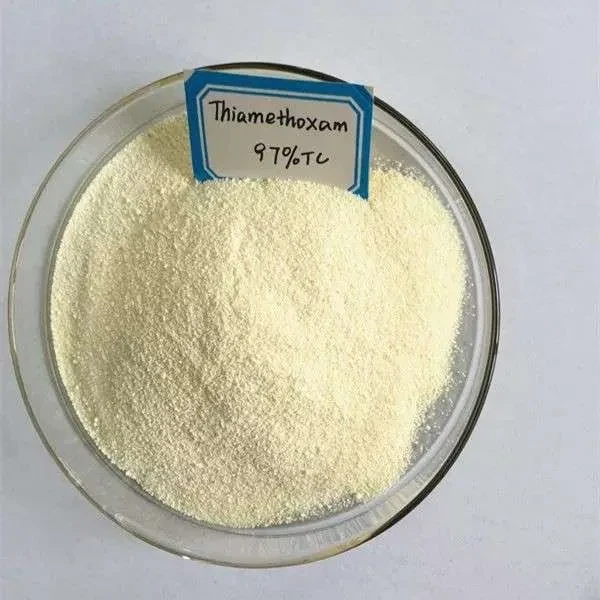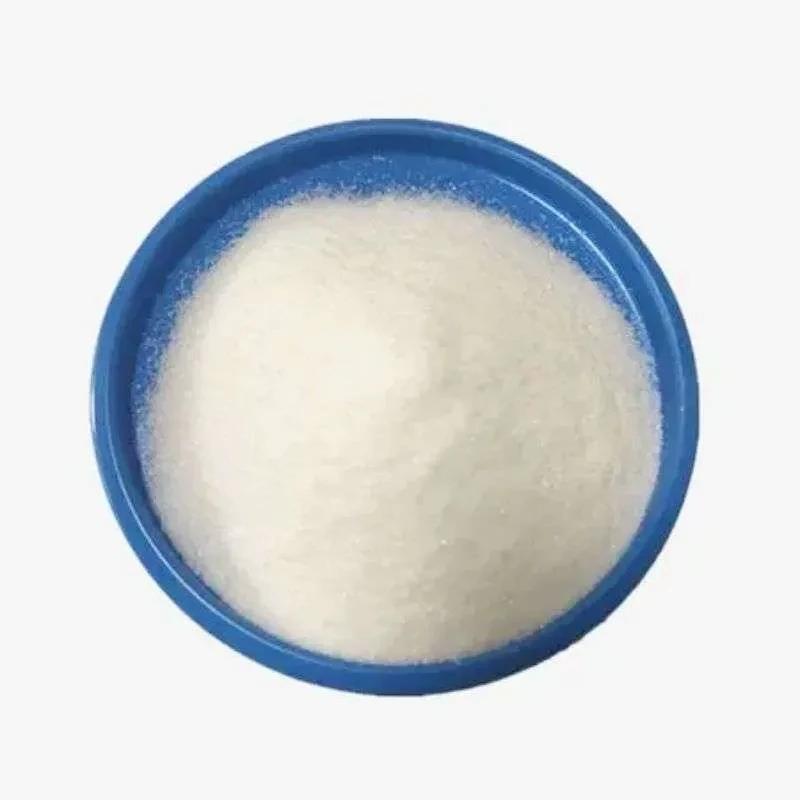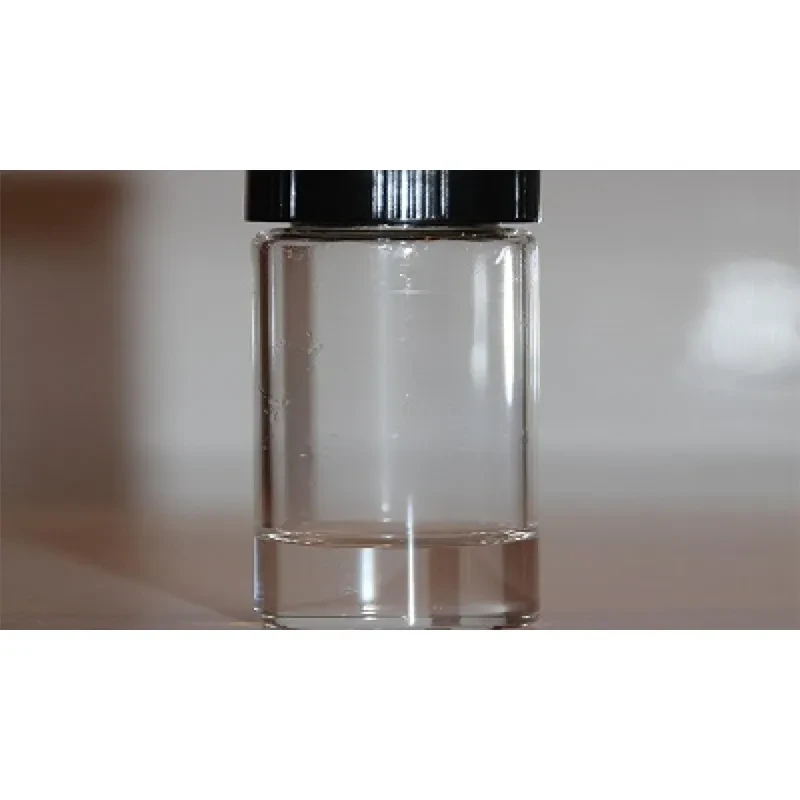CAS No.: 1918-00-9
Molecular Formula: C8H6Cl2O3
Molecular Weight: 221.04
|
Melting point |
112-116 °C (lit.) |
|
Boiling point |
316.96°C (rough estimate) |
|
Density |
1.57 |
|
refractive index |
1.5000 (estimate) |
|
Flash point |
2 °C |
|
storage temp. |
2-8°C |
|
solubility |
Chloroform (Slightly), Methanol (Slightly) |
|
form |
Crystals |
|
pka |
2.40±0.25(Predicted) |
|
color |
White |
|
Water Solubility |
50 g/100 mL |
|
Symbol(GHS) |
|
|
Signal word |
Danger |
|
Hazard Codes |
Xn, N, F |
|
RIDADR |
UN 3077 9/PG 3 |
|
HS Code |
29189900 |
Dicamba is a benzoic acid derivative used as a broad-spectrum herbicide. Dicamba can be used to control the annual and perennial rose weeds in grain crops and highlands, to control brush and bracken in pastures as well as legumes and cacti. It kills broadleaf weeds both before and after they sprout. Dicamba takes effect through stimulating the outgrowth of plant, which causes the exhaustion of nutrients supplies and plant death. This is based on the nature of Dicamba, which is a synthetic mimic of natural auxin (a plant hormone used for simulating plant growth). Upon response to this kind of herbicide, the plant develops abnormalities such as leaf epinasty, leaf abscission, and growth inhibition of the root and shoots. Overall, the effects of auxinic herbicides can be divided into three consecutive phases in the plant: first, stimulation of abnormal growth and gene expression; second, inhibition of growth and physiological responses, such as stomatal closure; and third, senescence and cell death.
Uses:
Selective, systemic preemergence and postemergence herbicide used to control both annual and perennial broad-leaved weeds, chickweed, mayweed and bindweed in cereals and other related crops.
Dicamba is mainly used as an herbicide to control weeds, dock, bracken, and brush. Dicamba is frequently applied with other herbicides, including atrazine, glyphosate, imazethapyr, ioxynil, and mecoprop.



